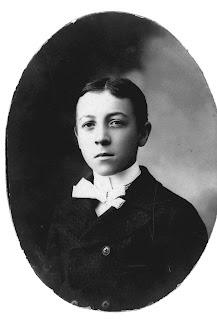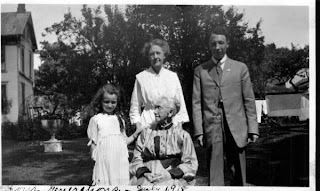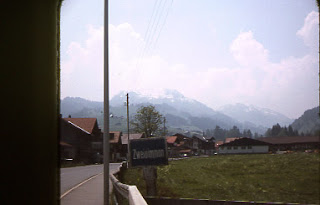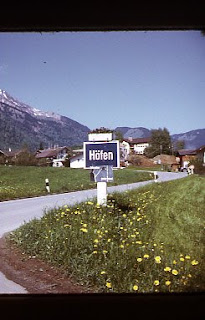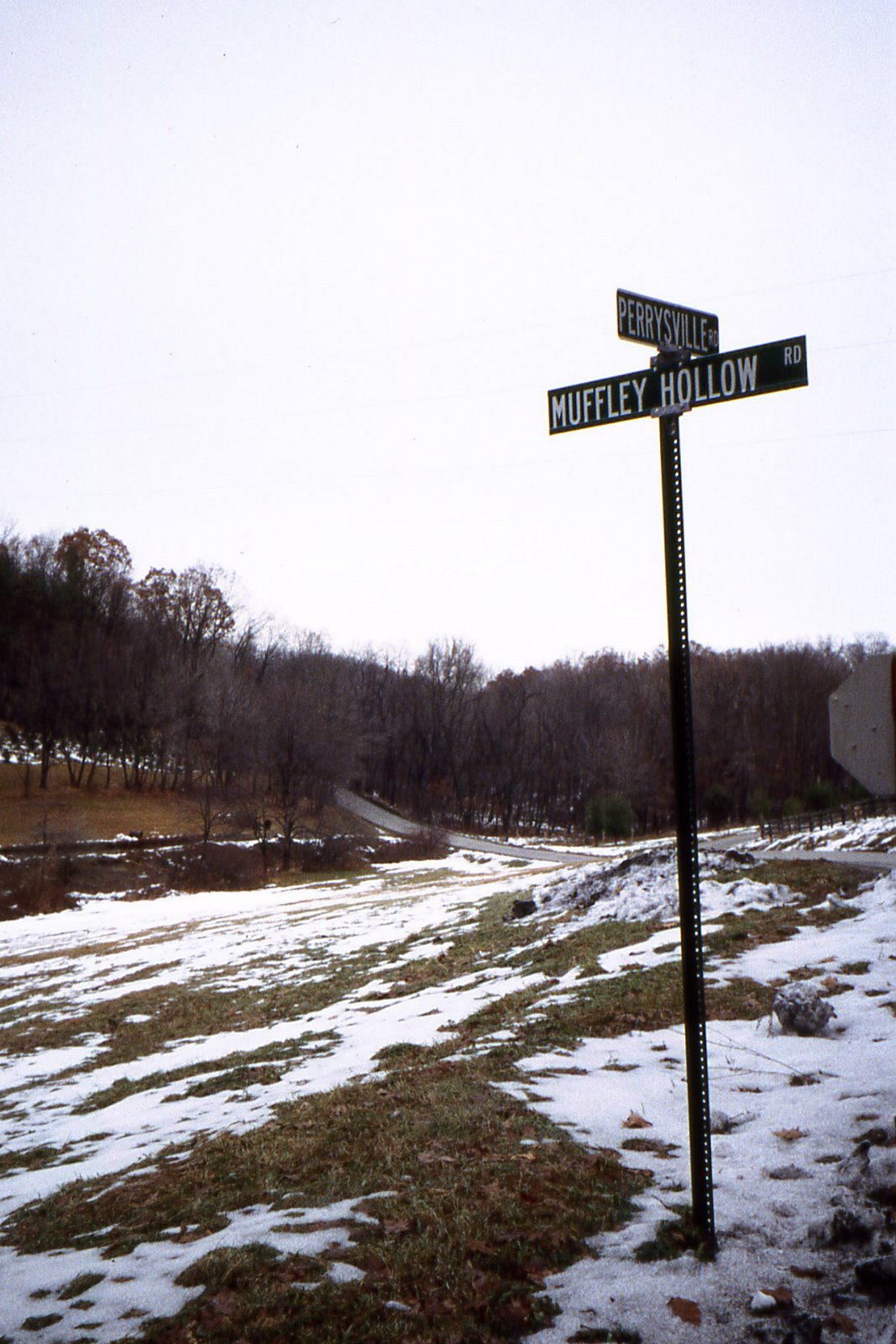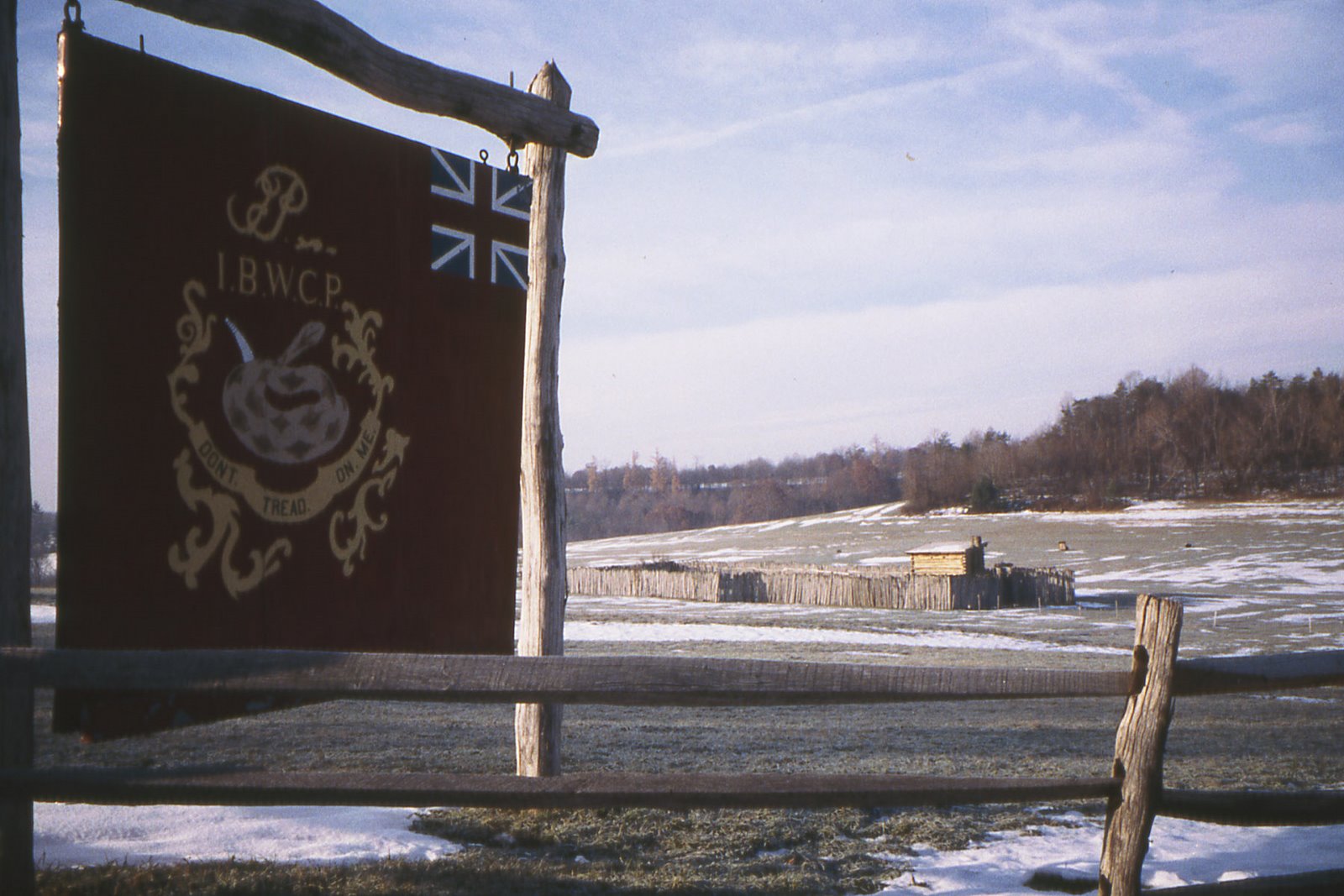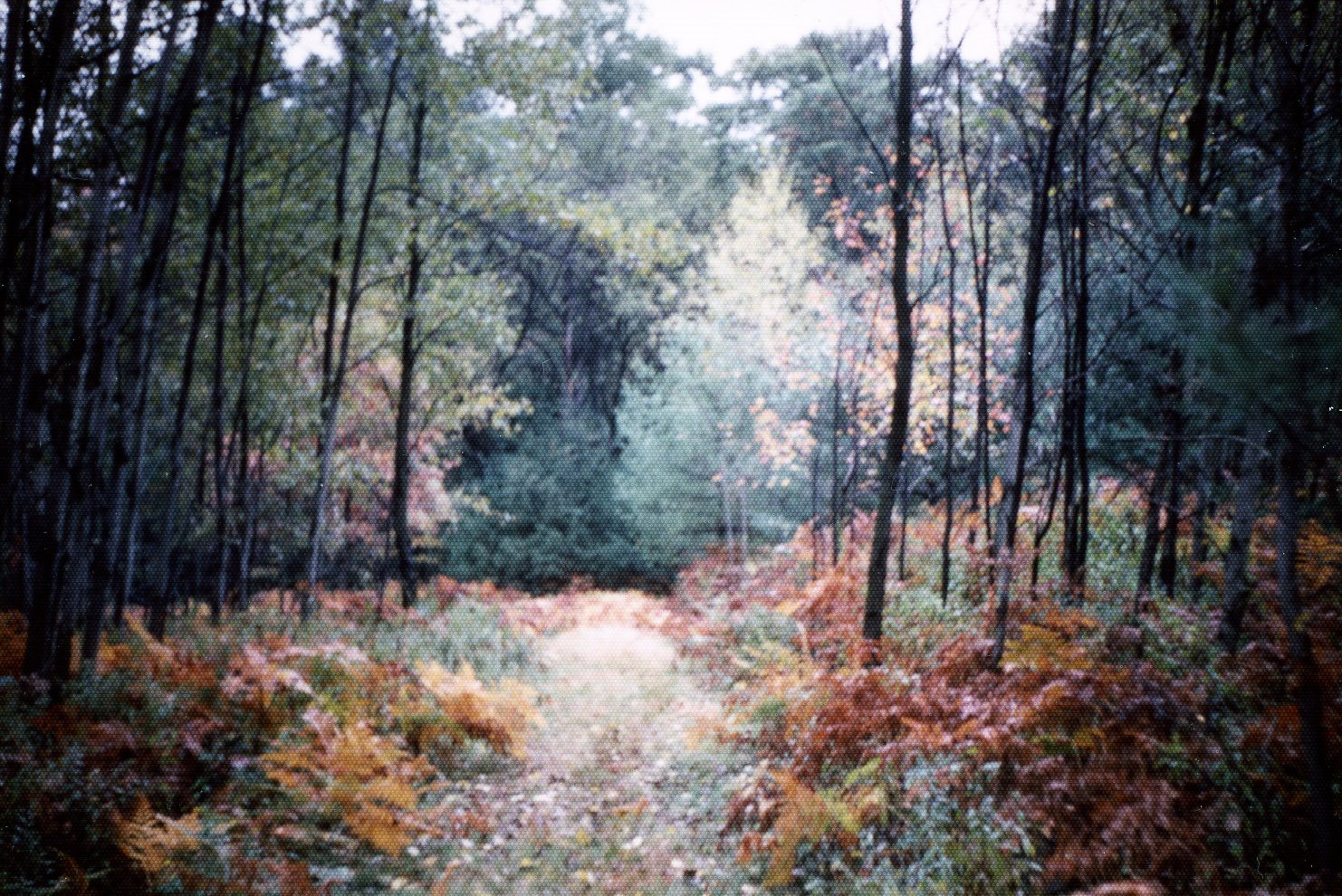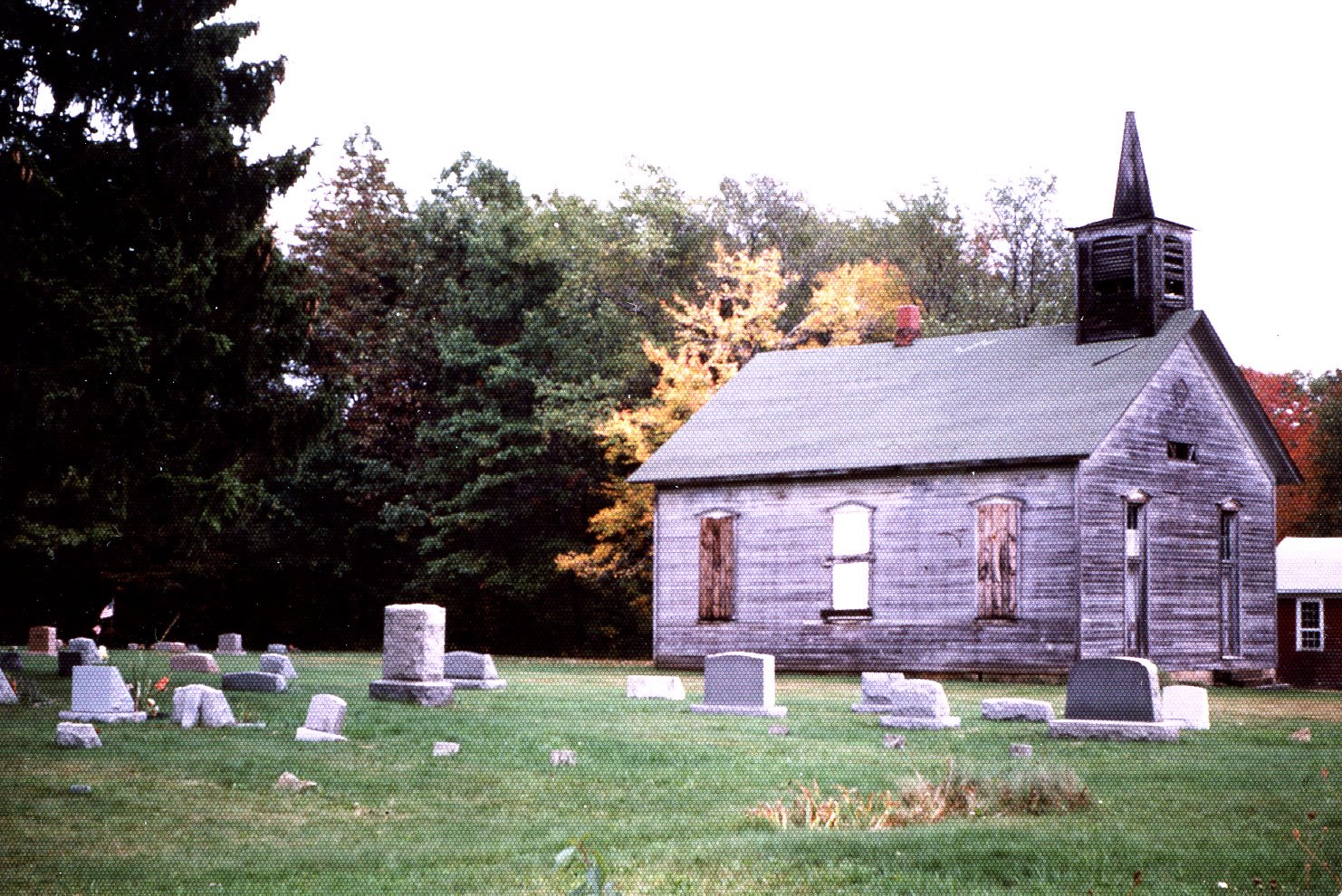https://www.familytreedna.com/public/ourancientenloeancestors?iframe=ycolorized
Big Y700 yDNA testing on a Enloe-surnamed male would be very helpful to further research.
Hendrick Enloes was the ancestor who migrated from the Netherlands to Maryland. Enoch Enloe (1741-1799) was Amy’s 6th great grandfather; he migrated from Maryland to York County South Carolina, where he married Agnes Sprucebanks in 1766. The family later moved to nearby Rutherford County NC.

Abraham Enloe (1770-1840) and Sarah “Sallie” Edgerton were Amy’s 5th greats. They were the parents-in-law of Wilson Sherrill (m. Elizabeth Enloe; Amy’s 4th greats). Abraham & Sarah were the Most Recent Common Ancestors for Amy versus her autosomal DNA match Mary, with shared segments on chromosomes 18 & 19. Abraham & Sarah were married in Rutherford County in 1795. There were reportedly at least 3 other men named Abraham Enloe who lived in Kentucky at the time of the birth of Abraham Lincoln. There are several other alleged contenders for biological fatherhood of Abe Lincoln; evidence is flawed.
Our Abraham Enloe was one of the earliest settlers in the Great Smoky Mountains, likely arriving there shortly after Uriah “Ute” Sherrill & his son John settled (prior to the 1802 Meigs-Freeman surveyed line) in the future town of Cherokee NC. Abraham & Ute were both 5th great-grandfathers of Amy. According to https://en.wikipedia.org/wiki/Oconaluftee_(Great_Smoky_Mountains)
“John Jacob Mingus (ca. 1774–1852), who arrived in the Oconaluftee in the 1790s, was the first Euro-American settler in the valley and the first within the boundaries of what is now the Great Smoky Mountains National Park. Mingus purchased the land from Felix Walker, a land speculator and later North Carolina Congressman. While Mingus roamed from county to county in the Southern Appalachians, his descendants would remain in the area until the establishment of the park.
Mingus was followed by Abraham Enloe (1770–1840), who settled downstream from the Mingus plot.” The Enloe family likely arrived shortly after 1803.
A millstone was ordered from France, and the Mingus Mill structure was subsequently built upon its arrival, 1886. This was in the latter years of the life of Dr. John Mingus (1798-1888), son of pioneer John Jacob Mingus. The original millstone has been replaced by a turbine. A second turbine is currently operational & can be viewed by the public. The mill was initially operated by descendants of Dr. John Mingus and his wife Mary Margaret Enloe (1804-1894). She was a sister of our Elizabeth Enloe (wife of Wilson Sherrill).
Just north of the Mingus Mill is the Floyd-Enloe Cemetery. Here we see the gravestone of Wesley Matthew Enloe (1811-1903), a brother of Mary Margaret Enloe Mingus and our Elizabeth Enloe Sherrill (1801-1887). Their brother Asaph Theodore Enloe Sr. (1793-1833) was the ancestor of Amy’s atDNA match Mary.
Isabell Wisdom Enloe (1807-1883), another sib, married Ute Sherrill (1809-1889) who was a grandson of Ute Sherrill (b. 1757; Amy’s 5th great-grandfather). Ute & Isabell had several kids. Ute Sherrill also had children with Cherokee woman Dinah Noo-Qui-Dah-yih Leatherwood. Of particular interest is their son Andy Sherrill (b. 1843). This Andy Sherrill’s grandson Andy Sherrill (1913-1968) was ancestral to some of Amy’s living kin.
This Enloe barn was not the first built by this family, but is now part of the current Farm Museum at the Oconaluftee Visitor Center of the Great Smoky Mountains National Park & near the south end of the Blue Ridge Parkway. Just north of the visitor center is the turnoff to the Mingus Mill & just north of this the trail to the Floyd-Enloe Cemetery (but Abraham & Sarah were buried elsewhere).
A book at the genealogical library in the Sylva Courthouse said… “The last and most noteworthy homestead for Sarah and Abraham was at Ravensford in Swain County near Cherokee, which is now the Great Smoky Mountains Parkway Office at the base of the Smoky Mountains. It has been preserved as a typical mountain homestead and is visited by thousands of tourists each year. Nearby is the Enloe Family Cemetery…” where Wesley Matthew Enloe (1811-1903) & wife Melinda were buried.
In 1805, John Hyde was authorized to oversee the construction of a road from Soco Creek to the Oconaluftee settlement, i.e. from the land of Ute Sherrill in future Cherokee town to the vicinity of the current park office, along or parallel to current Hwy. US 441. This road would have connected Amy’s Enloe ancestors & Sherrill ancestors.
Going south from Cherokee town on US 441 may have been the route from the Mouth of Soco (Ute Sherrill’s place) to the Tuckasegee River laid out by court order June 29, 1822. The jury of view to lay out the wagon road included Abraham Enloe (Amy’s 5th great grandfather), Asaph Enloe Sr. (Amy’s 4th great-granduncle & ancestor of Amy’s atDNA match person Mary), Ute Sherrill (Amy’s 5th great grandfather), Samuel Sherrill (Amy’s 4th great granduncle; father of Polly “Qually” Sherrill Connelly, trading post operator), Jacob Mingus/Minges, Ephraim Mingus/Minges, & several others.
By 1820, all of the many kids of Abraham & Sarah Enloe had been born, some before, & some after, the move to Oconaluftee. Elizabeth Enloe (b. Wilson Sherrill), Amy’s 4th great-grandmother, had lots of sibs, each with their own interesting stories. The 1820 census of Haywood County NC (included the Oconaluftee area in later Jackson, then Swain counties) showed the Abraham Enloe household had 17 people, including 3 slaves. That would be after Abraham Enloe in 1815 sold 4 slaves to John Hyde, who was subsequently murdered in Missouri by a slave.
In 1820, the nearby Soco/Oconaluftee home of Ute Sherrill had 16 persons, including 9 slaves. It is not known where Wilson & Elizabeth Enloe Sherrill (Amy’s 4th greats) were living then.
Our Elizabeth Enloe Sherrill’s sibs included:
Isabell Wisdom Enloe (b. 1807) who married another Uriah Sherrill, grandson of our Ute (b. 1757). Asaph Enloe (ancestor of Amy’s atDNA match Mary). Scroop Enloe, onetime postmaster of Quallatown. Mary Margaret Enloe, wife of Dr. John Mingus; their son Hamilton Mingus died in the Civil War at Petersburg Virginia, 1862. Benjamin Mattison “Matt” Enloe, who died in 1862 at the Battle of Malvern Hill, Va. Abram Turner Enloe, likely killed in the Civil War, 1865.
In the census of 1870, after the war, there were 33 Enloe persons living at Qualla, Jackson County NC. And 21 Sherrill people at Qualla. Amy’s 3rd great Frances Sherrill (b. 1837) was by then in Kentucky & married to Benjamin Young Bennett. The Sherrill story is a much longer tale for another time.
